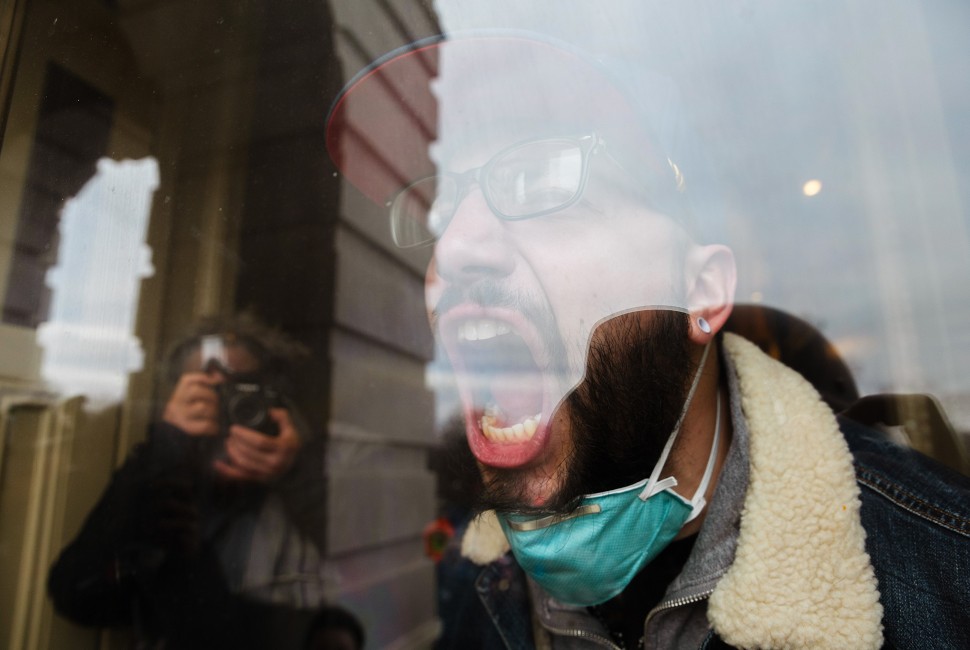In an era where demonstrations involving force are growing in number and viewed as a likely source of increased collective violence, the scientific understanding of the correlation between protests and the social media communications of leaders remains debated.
A new Northwestern study has revealed new patterns of behavior that link an authority figure’s online behavior during a protest to the shift from peaceful protesting to violence.
Research was conducted by two faculty members from the Kellogg School of Management: Brian Uzzi, Richard L. Thomas Professor of Leadership and co-director of the Northwestern Institute on Complex Systems (NICO) and the Ryan Institute on Complexity at Kellogg (RIC); and Brayden G. King, Max McGraw Chair of Management and the Environment and Professor of Management and Organizations. In addition to Uzzi and King, research specialist Qinghua Lee also contributed to the study, which was published in the Journal of Royal Society Interface.
“Our research found that then-President Donald Trump’s tweets on Jan. 6 explained changes in the magnitude of violence, armed conflict and chemical weapon deployment over the course of the day,” Uzzi said. “The timing and sentiment of Trump’s tweets predicted surges in both the ferocity and length of rioters' lethal force and their use of weapons. Trump’s tweets also predicted the number and sentiment of tweeted communications among rioters and online observers during the insurrection.”
The researchers used data on thousands of live videos, Trump’s tweets and rally speech, other rally speeches and #StopTheSteal tweets. Granger regression, a statistical method used to test whether one time-series of data predicts another times-series of data, was employed to analyze the links between the tweets, speeches and the severity and duration of outbreaks of violence and weapons used.
“Our findings show that an authority figure’s online activity and emotional rhetoric are associated with a peaceful protest turning violent,” King said. “This study is one of the first to show a direct link between an elected leader’s social media activity and the violent behavior of their followers.”


